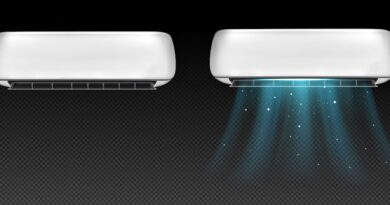Understanding the Utility and Application of Sheet Pile
In the realm of civil engineering and construction, a critical element that plays a significant role in the foundation and formation of structures is the ‘Sheet Pile.’ These structures, often formed from steel, vinyl, or wood, are primarily used in retaining walls and cofferdams installed deep into the ground to provide structural stability. The scope and use of sheet pile extend to numerous applications, ensuring the strength and durability of infrastructure. In this article, we delve into the different aspects of sheet pile, exploring its characteristics, applications, types, and installation techniques.
Defining Sheet Pile: Characteristics and Materials
Sheet piles, interlocking walls driven into the ground, are vital when constructing barriers to restrict water, soil, and other sub-surface materials from entering the construction site. The primary characteristic of sheet piles is their ability to create a robust and durable barrier that can withstand enormous pressure from both sides. This robustness stems from their design, interlocking mechanism, and the materials used in their construction.
Steel is most commonly employed in sheet pile construction due to its strength and resistance to corrosion. However, other materials like vinyl and wood are also used, considering factors like the nature of the project, budget, and environmental concerns.
Types of Sheet Pile
There are primarily two types of sheet piles, classified based on their shape and structure: Z-type and U-type. Z-type piles offer greater structural capacity and are typically used in projects that demand high load-bearing strength. On the other hand, U-type piles are commonly employed in projects that require lighter sheet pile walls.
Another classification is based on the material of the sheet pile, such as steel, vinyl, and wooden piles. The choice among these depends on various factors like project requirements, cost-effectiveness, and environmental implications.
Application of Sheet Pile
Sheet piles find extensive use in both temporary and permanent structures, playing a significant role in retaining walls, cofferdams, and flood protection structures. They are also used in soil reinforcement and slope stabilization, making them vital for infrastructure projects in hilly or sloping areas. Furthermore, sheet piles are used in marine constructions like docks and piers due to their resistance to water and ability to provide a secure structure.
Installation Techniques of Sheet Pile
The installation of sheet piles involves several techniques, with the choice largely dependent on the ground condition and the project requirements. The common installation methods include driving, vibrating, and pressing. Driving and vibrating methods are usually applied where the soil condition is hard or mixed. The pressing method is a quieter, vibration-free technique typically used in urban areas to minimize disturbances.
The Environmental Impact and Sustainability of Sheet Pile
In an era where sustainability and environmental conservation are at the forefront of global discussions, the use of sheet piles is no exception. The choice of materials for sheet piles, primarily steel, vinyl, and wood, can have varying impacts on the environment. Steel sheet piles, while strong and durable, have a high carbon footprint due to the intensive production process. On the other hand, vinyl and wooden piles offer a more eco-friendly alternative.
Fortunately, the sheet piling industry has recognized these environmental concerns and is making strides towards greener practices. This includes the use of recycled steel and the development of stronger and more durable vinyl and wooden piles to reduce environmental impact.
Conclusion: The Integral Role of Sheet Pile
In essence, the sheet pile is an invaluable tool in the domain of civil engineering and construction. It not only provides structural stability and resistance but also ensures the safety of construction sites. The industry’s move towards sustainable practices further enhances the critical role sheet piles play in modern infrastructure. By understanding the intricacies of sheet pile, we can appreciate the complexity and thought put into seemingly simple aspects of our built environment.




